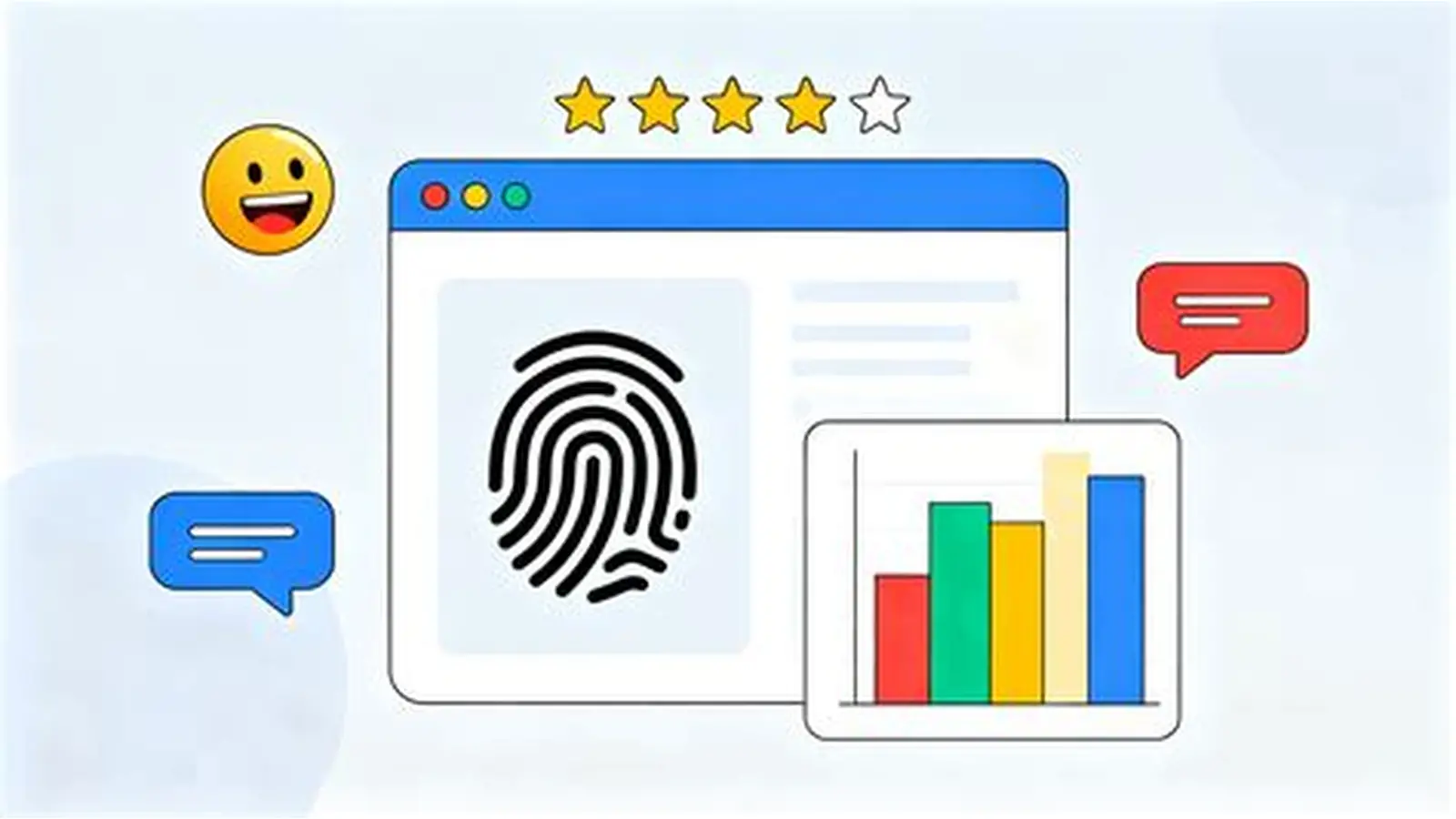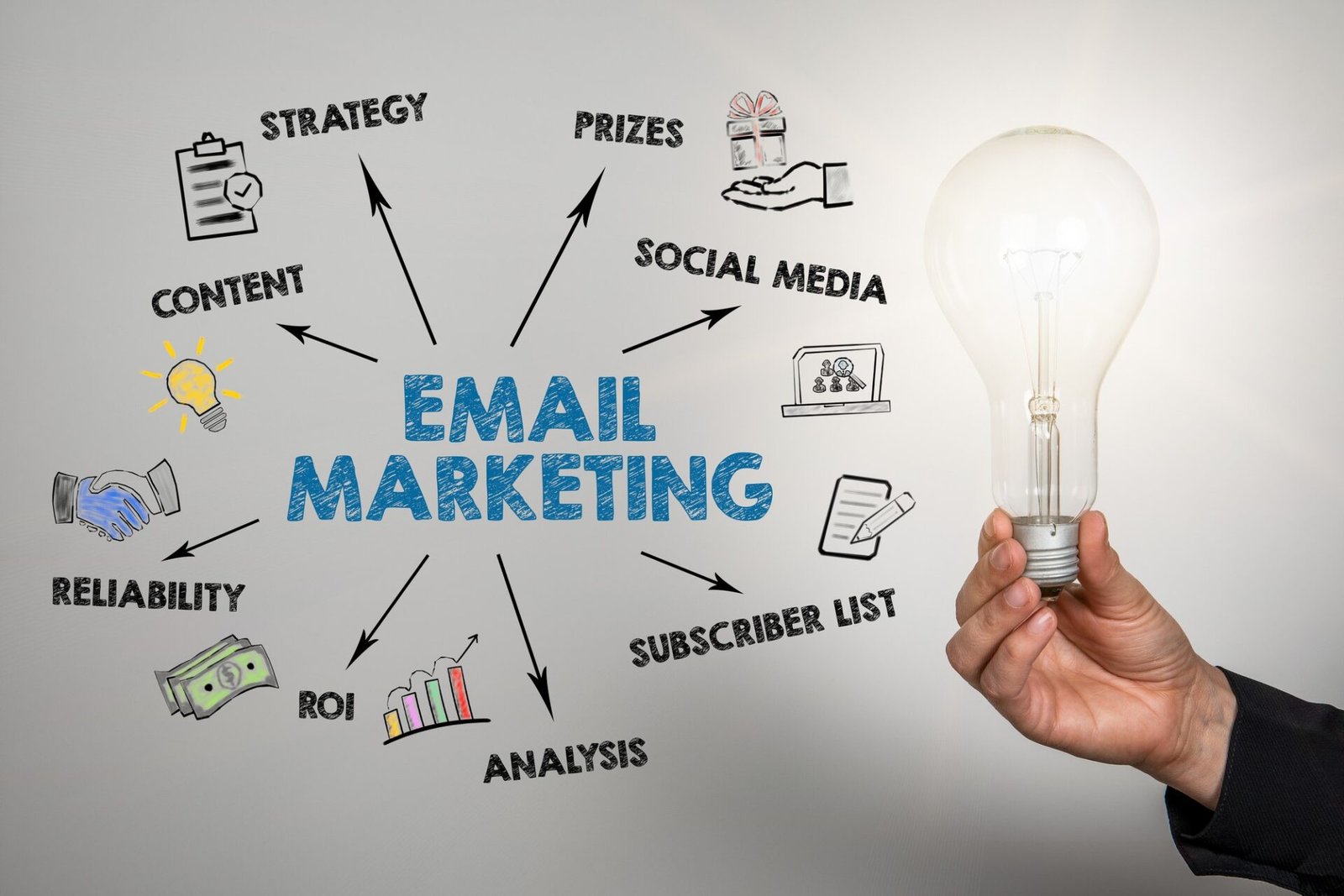In today’s fast-paced business environment, knowing how to drive sales using digital marketing is essential for growth. Digital marketing offers businesses the tools to reach targeted audiences, promote products effectively, and convert leads into customers. By implementing strategic campaigns and optimizing online efforts, companies can increase revenue and strengthen their market presence.
While our primary focus at Ajans Fırat is driving sales through strategic digital marketing campaigns, we recognize the importance of understanding diverse online consumer behaviors.
For instance, in the competitive entertainment sector, success often hinges on finding the most engaging platforms, much like players seek out the best online slots casinos for a superior experience.
Applying robust digital strategies is crucial for any business aiming to capture and retain a dedicated audience in today’s fast-paced digital landscape.

Understanding Digital Marketing and Sales
Digital marketing is the practice of using online channels to promote products or services. It encompasses social media, email marketing, search engine optimization (SEO), content marketing, and paid advertising. When executed strategically, these channels help businesses:
-
Attract high-quality, targeted traffic.
-
Engage potential customers with valuable content.
-
Convert leads into paying customers efficiently.
By integrating digital marketing with sales goals, businesses can achieve measurable results and maximize ROI.
Creating Targeted Campaigns
Targeted campaigns are a cornerstone of driving sales using digital marketing. Understanding the audience ensures that the right message reaches the right people. Key strategies include:
-
Conducting market research to identify demographics, preferences, and pain points.
-
Segmenting audiences for personalized messaging.
-
Creating campaigns tailored to specific customer needs and behaviors.
Targeted campaigns increase engagement and conversion rates, resulting in more sales.
While digital marketing strategies can significantly boost your sales, it’s crucial to understand diverse online consumer behaviors. For instance, in competitive markets like iGaming, players often seek the best payout casino online newzealandcasinos to maximize their returns.
Similarly, effective marketing funnels guide customers from awareness to conversion, ensuring your business achieves sustainable growth and a strong online presence.
Leveraging Content Marketing
Content marketing plays a vital role in driving sales. High-quality, informative content educates potential customers, builds trust, and encourages purchasing decisions. Effective approaches include:
-
Product guides and tutorials: Explain benefits and usage to influence buying decisions.
-
Blog posts and articles: Address customer questions and highlight solutions.
-
Videos and infographics: Showcase products visually to capture attention.
-
Customer success stories and testimonials: Build credibility and encourage conversions.
Engaging content positions the brand as an authority and guides prospects through the buying journey.
Utilizing Social Media
Social media is a powerful channel for driving sales. It enables businesses to reach broad audiences, engage directly, and promote products effectively. Key tactics include:
-
Posting engaging content regularly across platforms.
-
Running targeted ads to reach potential customers based on demographics and interests.
-
Hosting live sessions, product launches, and interactive campaigns.
-
Encouraging user-generated content to enhance credibility.
Active social media strategies boost brand visibility and encourage sales through increased engagement.
Optimizing for Search Engines (SEO)
SEO ensures that your website is discoverable by users actively searching for products or services. Optimized websites attract organic traffic and improve conversion potential. Key strategies include:
-
Conducting keyword research to target relevant search terms.
-
Optimizing website content, meta descriptions, and images for search engines.
-
Building high-quality backlinks to improve site authority.
-
Ensuring mobile-friendly and fast-loading website design.
By increasing visibility through SEO, businesses can attract qualified leads more likely to convert into sales.
Email Marketing for Sales
Email marketing allows direct communication with potential and existing customers, encouraging repeat purchases and conversions. Techniques include:
-
Segmenting email lists to deliver personalized content and offers.
-
Sending targeted promotions, discounts, or product recommendations.
-
Sharing valuable content that positions the brand as helpful and reliable.
Well-crafted email campaigns drive traffic, foster engagement, and increase sales.
Tracking Performance and Refining Strategy
To maximize results, businesses must monitor and analyze digital marketing efforts. Key metrics include:
-
Conversion rates from different channels and campaigns.
-
Click-through rates (CTR) on emails, ads, and social posts.
-
Customer acquisition cost (CAC) and return on investment (ROI).
-
Engagement metrics such as likes, shares, and comments.
Analyzing performance helps identify areas for improvement and ensures digital marketing strategies effectively drive sales.
Conclusion
In conclusion, learning to drive sales using digital marketing is critical for growing a business and increasing revenue. By creating targeted campaigns, leveraging content marketing, using social media, optimizing for SEO, employing email marketing, and tracking performance, companies can reach the right audience and convert leads into loyal customers. Digital marketing offers measurable, scalable strategies that not only boost sales but also strengthen brand presence and foster long-term growth.











